Hidden Costs of Home Theater: What You Didn’t Budget For!
So you’ve finally decided to build your dream home theater. You’ve researched the perfect TV or projector, picked out the best speakers within your budget, and maybe even splurged on a comfy recliner. But just when you think the hard part is over, reality hits—you forgot about the hidden costs of home theater: what you didn’t budget for!
Setting up a home theater isn’t just about buying the big-ticket items. There are plenty of overlooked expenses that can sneak up on you, turning what seemed like a straightforward project into a budget buster. Here are some of the most common hidden costs and realistic solutions to keep your finances in check.
1. Power Conditioning: Keeping Your System Safe
Most people don’t think twice about plugging in their expensive AV equipment to the wall. But poor power quality can cause subtle issues like interference, unexpected shutdowns, and long-term damage to your components. Power surges and voltage fluctuations can wreak havoc on sensitive electronics, potentially shortening their lifespan.
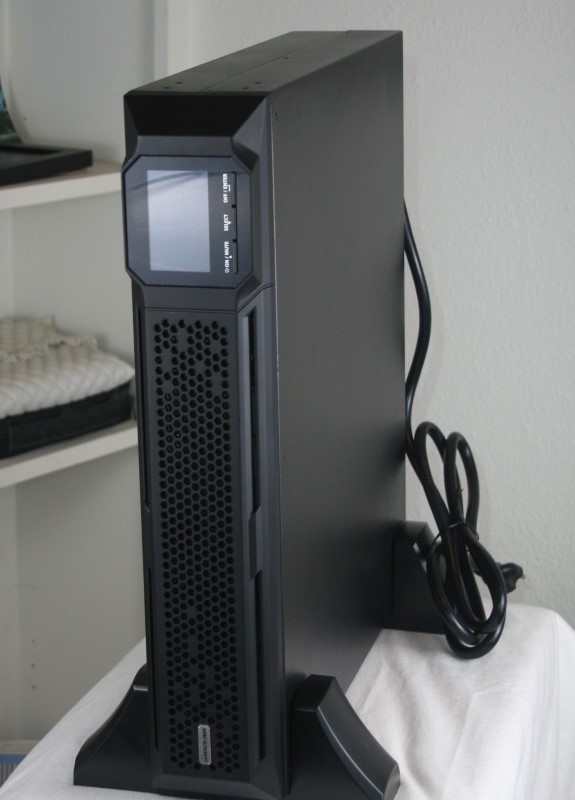
On top of this, most plugs aren’t surge protected, so if you get a spike, your gear could be toast. Most power conditioners have individual fuses that can be replaced if you take a quick hit from a surge. Plus, they tend to be quicker at detecting and stopping the surge than am Amazon Basic power bar.
Solution
You don’t need an ultra-high-end audiophile power conditioner, but you should consider a basic surge protector or UPS (Uninterruptible Power Supply) to safeguard your setup. A mid-range power conditioner can also help filter out electrical noise, ensuring clean power delivery without breaking the bank.
We tend to like the IOGEAR stuff, but there are lots of options for lots of budgets.
2. Acoustic Treatments: Making Your Room Sound Right
A killer speaker setup means little if your room sounds like a hollow cave. Hard surfaces like tile floors, bare walls, and large windows can cause excessive echo and sound reflections, leading to a less-than-ideal audio experience.
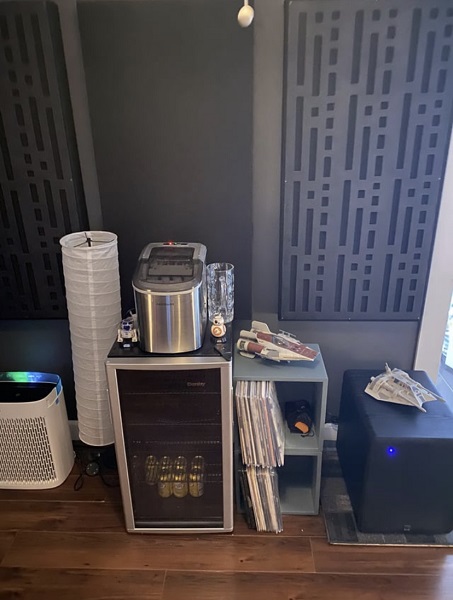
The number of folks that I see asking about speaker upgrades BEFORE they treat their room us astounding. You can outspend your crappy room, but it’s expensive and it’s still not going to sound the best it could.
Solution
Instead of going all-in on expensive acoustic panels, try budget-friendly alternatives like area rugs, thick curtains, and bookshelves filled with items. If you want a more professional touch, DIY acoustic panels using affordable foam or insulation boards can be an effective way to improve sound without spending a fortune.
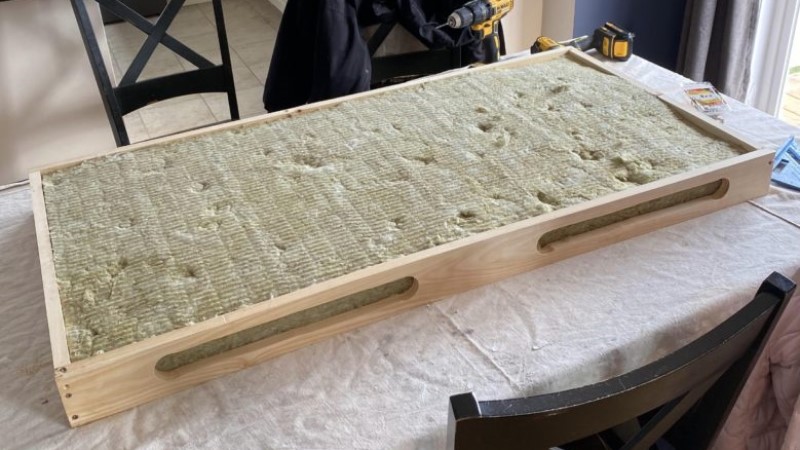
I have made a number of different acoustic panels over the years and they don’t have to be fancy or expensive. However, you can also dress them up as movie posters, or get creative with colors or design. Go ahead and try to experiment.
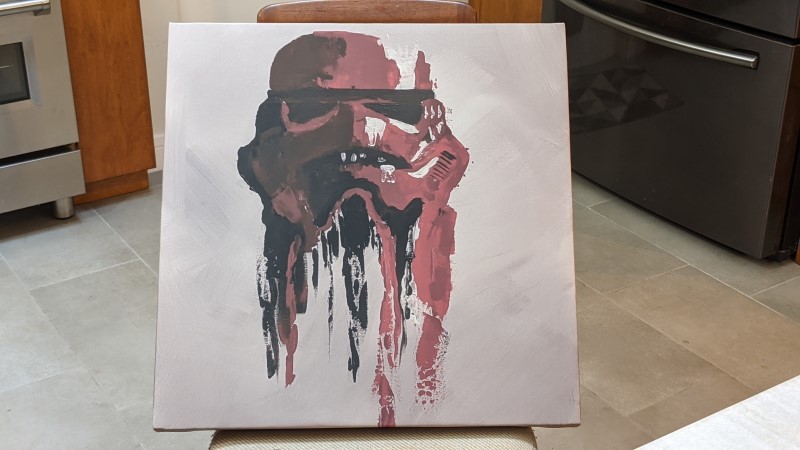
3. Cables and Accessories: The Silent Budget Killer
You bought a great receiver, a solid TV, and speakers—but did you budget for the cables? High-speed HDMI cables, speaker wire, banana plugs, wall mounts, and extension cords quickly add up, especially if you need longer or premium-quality versions.
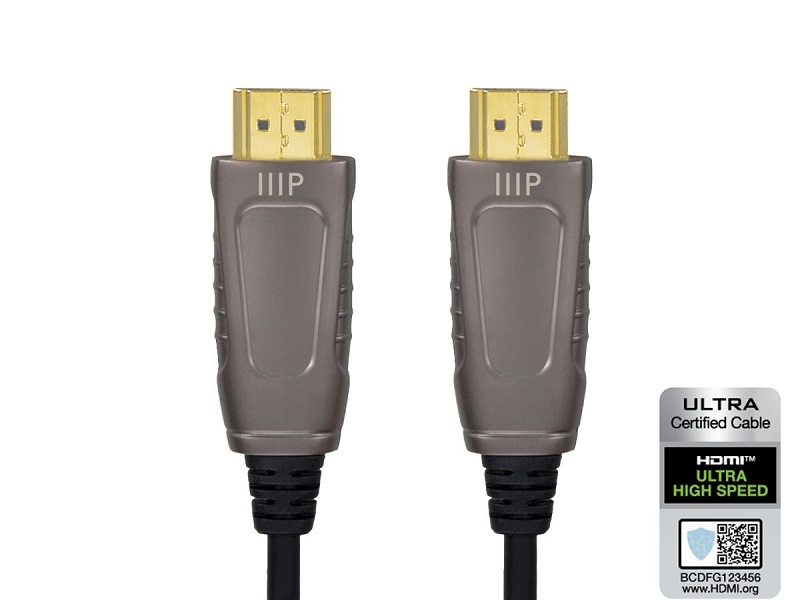
Solution
There’s no need to splurge on overpriced “high-end” cables marketed to audiophiles—basic certified HDMI and speaker cables work just fine. Buying bulk speaker wire and cutting it yourself can save money, and shopping online rather than in big-box stores often yields better deals.
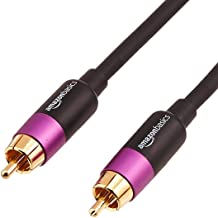
Stay AWAY from forums. Many of them absolutely believe that they can hear a difference between speaker cables. Spoiler alert – they can’t, and if they say they can, they are lying to you and themselves.
4. Seating: Comfort Costs More Than You Think
A great home theater experience isn’t just about picture and sound—it’s also about comfort. While an average couch might suffice, proper seating with ergonomic support, cup holders, and recline functions can significantly enhance long movie nights.
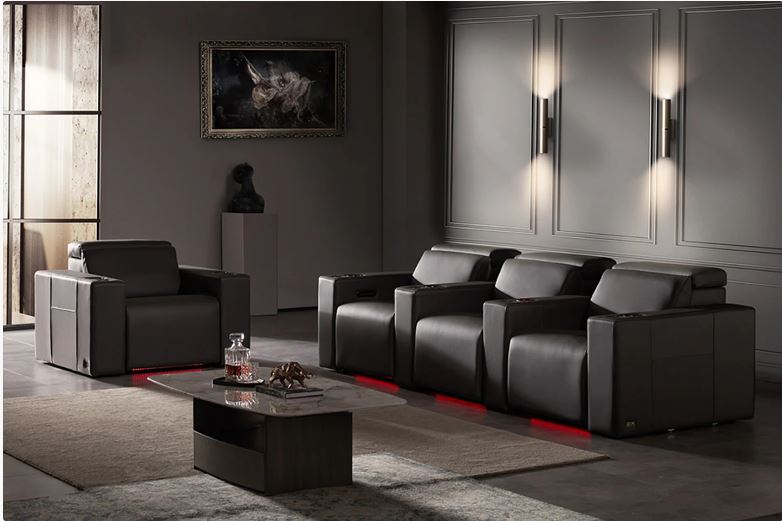
Solution
Instead of dropping thousands on dedicated home theater seating, consider budget-friendly options like used recliners, high-quality bean bags, or even repurposed furniture from clearance sales. If you have room, adding a simple DIY riser can help create tiered seating for a more cinematic feel.
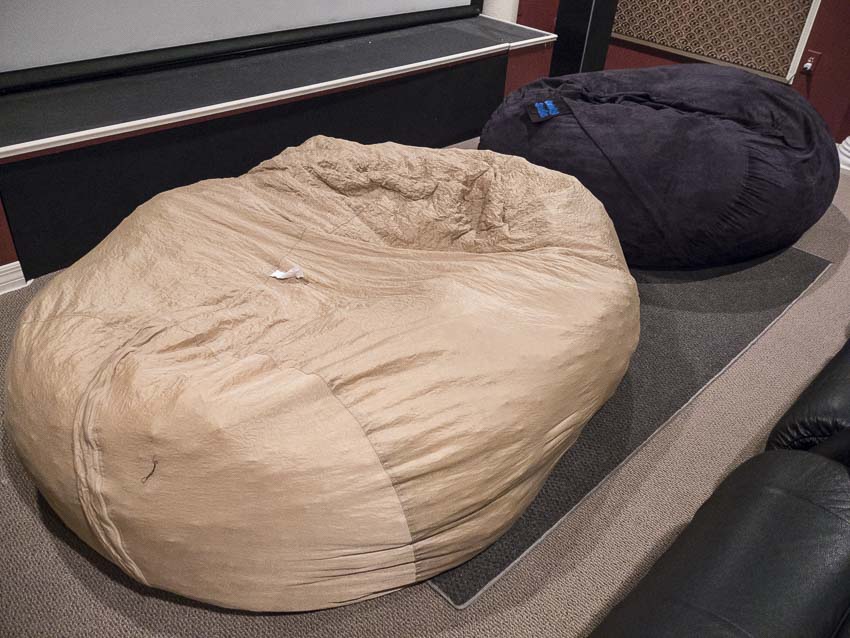
I have a very simple sofa that I got from Ikea and I added a sofa table across the back with some bar stools. Would I want to sit through multiple movies that way? No! But I don’t mind sacrificing the good seats for my wife or friends so they can enjoy the show. Even though they won’t care about how even my bass is! But I will know!
5. Ventilation and Cooling: Heat Can Be a Problem
Packing a room with multiple devices—especially projectors, AV receivers, and gaming consoles—generates a lot of heat. Without proper ventilation, your electronics can overheat, affecting performance and potentially causing shutdowns.
Don’t fry your expensive stuff because you decided to stuff it in a cabinet to get it our of your view.
Solution
Make sure your setup has adequate airflow, whether it’s through open shelving, strategically placed fans, or a simple vent in a cabinet. If your room gets especially warm, a small portable air conditioner or cooling pad for certain components can prevent overheating issues.
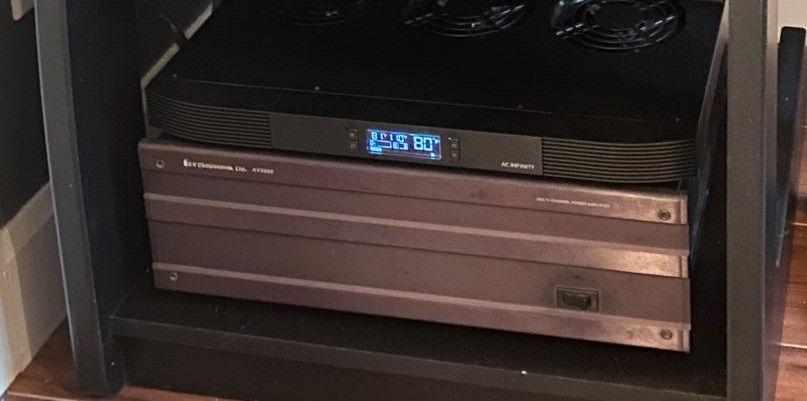
I have been rocking an AC Infinity fan for years now. My gear never overheats and it is still whisper silent.
6. Streaming Costs
Many people invest in AV equipment but forget about streaming service subscriptions. These extras improve convenience but can quietly drain your budget over time.




I recently added up all my subscription services that I had and quickly found that I was paying as much as cable. Again!
Solution
Choose your streaming services wisely—many offer bundle deals that save money in the long run. Also, look at free alternatives. I routinely scan the best free streaming services to get content to watch. Is it always the latest? Nope, but its cheap and I am entertained.

7. Long-Term Maintenance and Upgrades
The home theater market evolves quickly, and while your setup might be top-notch now, upgrades eventually can become necessary. Software updates, gear replacement, and occasional repairs are costs many people overlook.
Solution
Plan ahead by setting aside a small annual budget for upgrades and learning basic maintenance like dusting components, cleaning projector lenses, and updating firmware. This will help extend the life of your system while keeping costs manageable.
Remember, a lot of times our desire to upgrade comes from internet hype. Before you plunk down a bunch of cash on an upgrade, ask yourself if you “need” to upgrade or you want to upgrade. Sure, I want to upgrade to the newest AV receiver. But I don’t need to. There is nothing that my current Onkyo TX-NR7100 can’t do perfectly fine.

Our Take
While building your dream setup is exciting, it’s the Hidden Costs of Home Theater: What You Didn’t Budget For! that often sneak up on you—both financially and emotionally. By understanding the full picture, you’ll be better prepared to enjoy the ride without buyer’s remorse, or worse, a visit from the upgraditis demon.
Instead of chasing ultra-high-end solutions, focus on practical fixes and cost-effective strategies to get the most out of your setup. The best home theater isn’t about spending the most money—it’s about creating the perfect space for you.

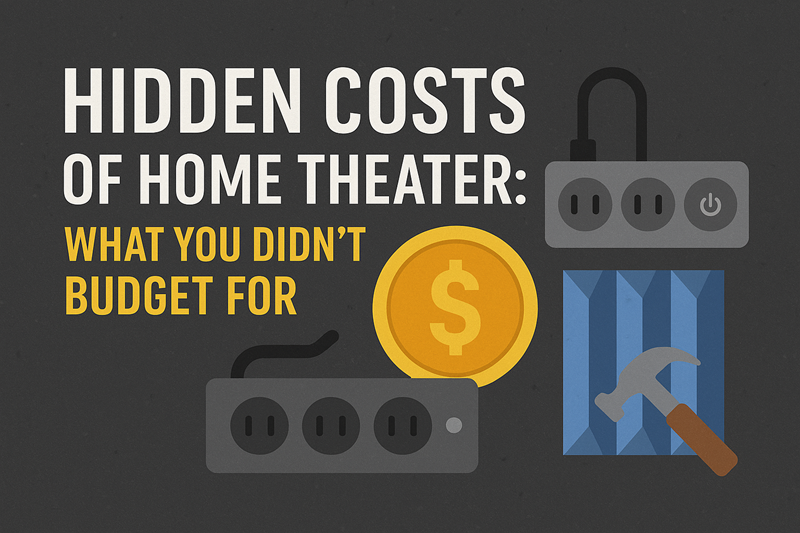

Nice article, Man. Thanks for continuing to give your readers common sense solutions instead of recycled Internet hype.
In regards to cables, your point about not blowing tons of money on them and speaker wire is spot on. I ordered a bunch of Monoprice HDMI (the certified 48Gbps kind) cables from Amazon in different lengths, and the sextet of them cost me like $60 USD; they’ve worked perfectly.
I also read afterwards people could have watched the Superbowl in 4K via streaming on Tubi. I know NBC broadcasts Sunday Night Football in 1080p Dolby Vision too because I couldn’t believe it when the designation popped up on my Sony OLED.
Glad you enjoyed. We are BOMBARDED with forums that tell us that speaker wire can make a difference, yet they don’t have a lick of room treatment. Plus their fancy speakers sit atop ceramic floors (or maybe marble!) and they have the craziest reflections!
I went to AXPONA with my buddy in April of this year, and audiophile mind virus is alive and well.
The lack of remotely affordable gear was depressing. Some of the demos were very impressive, but the setups were starting at like half a million dollars.
I’m glad I got to check it out, but I can see why that community has earned its reputation.